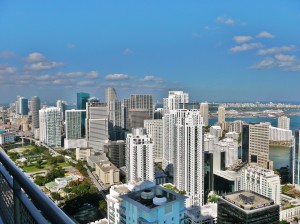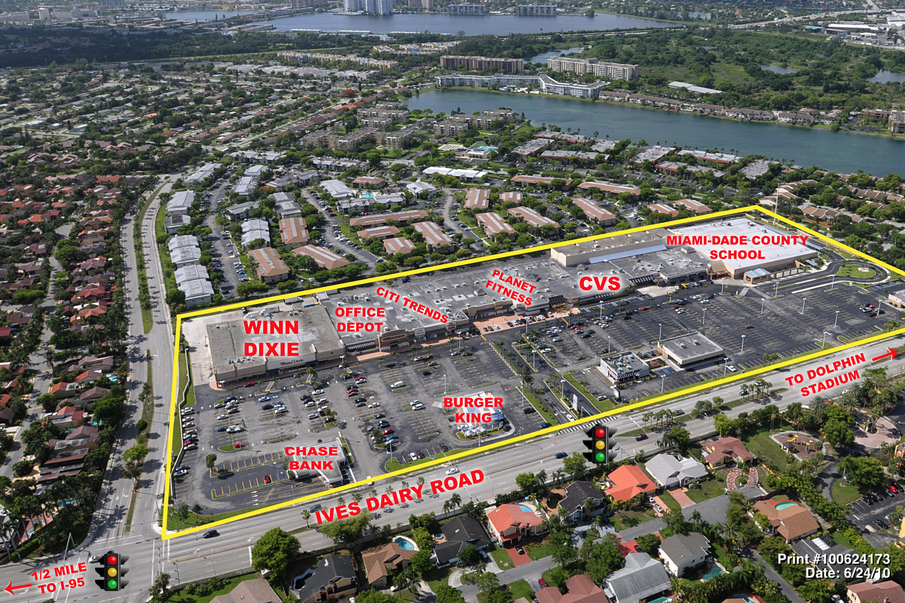Miami sees a variety of demographics interested in its luxury real estate each year, but recently there have been some notable changes that are influencing not just the types of people you see walking around Miami, but how luxury developers are planning and building within the city itself.
There has long been a market in Miami for foreign investors looking to buy property they then rent out to the local population, but more and more the city is seeing these out-of-towners looking for a piece of real-estate to call their home. These nonnative buyers are generally of a higher income bracket and are changing what’s  expected of local real-estate development.
expected of local real-estate development.
So who are these buyers looking to make the move to Miami, and what kinds of homes are they looking for?
Latin Americans
Latin Americans have been responsible for driving most of Miami’s latest real-estate boom. In fact, Latin Americans accounted for 68 percent of all foreign buyers in Miami-Dade and Broward counties in 2014.
Wealthy Americans
Wealthy Americans have always been interested in owning real estate, but we’re now seeing a greater number looking to make Miami their home. Part of this shift is due to the fact that Miami real estate sells at much lower square-foot prices than other major cities around the world. Basically, they get to continue to enjoy city life while also getting more bang (i.e. space, luxury features, prime location) for their buck.
Chinese Buyers
Although they only accounted for 2 percent of international deals in South Florida in 2014, according to a report by the National Association of Realtors, that is double the number from 2012. Local brokers are visiting China to pitch wealthy buyers, and developers are even adopting the interior design guidelines of “feng shui” to appeal to their cultural interests.
Young Families
Younger couples accustomed to city life aren’t giving up their urban lifestyles for the suburbs as easily as they used to. Instead, they want to continue to live downtown but with enough space for kids.
What are some of the most common trends we’re seeing?
“Lockout suites.” These are units equipped a bedroom and bathroom that are separate from the main unit, usually for a nanny or maid. When developers noticed that buyers were frequently interested in purchasing small units in addition to their man purchase, they started including them in their initial construction plans.
Guest suites for visiting relatives and friends. Moving to a new place means lots of visits from parents, relatives, and friends. In response, some developers are now providing separate suites that only unit owners who live in the building can reserve.
High-tech security. Many buildings are installing elevators that will only take residents to their specific floor after scanning their faces with biometric identification software or reading a key card. They are also providing dedicated 24-hour security, and some even have vaults for their occupants art and valuables.
Kid friendly shared play areas. Shared playrooms are popping up equipped with toys, board games, rock-climbing, ping pong, and televisions. They are also including security cameras that get linked up to the security room to reassure worried parents.
Open outdoor areas and modern, flat rooftops. People want to maximize their space, and this means they want large outdoor terraces and elaborate rooftops that come with jacuzzis, summer kitchens, and even outdoor bathrooms. This wouldn’t be possible if they were building traditional low-pitched tile roofs, so there is a huge shift towards modern building styles.
More storage space. Buyers are looking for custom closets and intricate storage space that feel more like “boutiques” than just a pantry. Popular customizations include leather pullout shelves, suede drawers for jewelry, and closet doors that promote circulation when owners are out of town.
Townhomes near densely populated areas. Townhomes are a sub-market that appeal specifically to New York and Northeastern buyers because they’re semi-urban, they’re being put up in more populated areas such as near Miracle Mile, and they are reminiscent of the brownstone homes they already love so much.
Locations built with public transit in mind. Nearby public transit has been a big selling point for New Yorkers and other city dwellers alike who are used to not needing a personal car. People increasingly wanting to live closer to where they work and play. Young professionals often won’t mind sacrificing a little space for convenience if they get to be close to public transit, local hot spots, as well as their place of work.
With so much available on today’s market, you have to give the buyer exactly what they want. Real-estate in Miami is changing and will continue to change and adapt as more opportunities for attracting affluent cash buyers arise.
For more on this topic, you can continue reading here.
